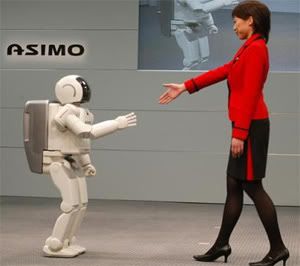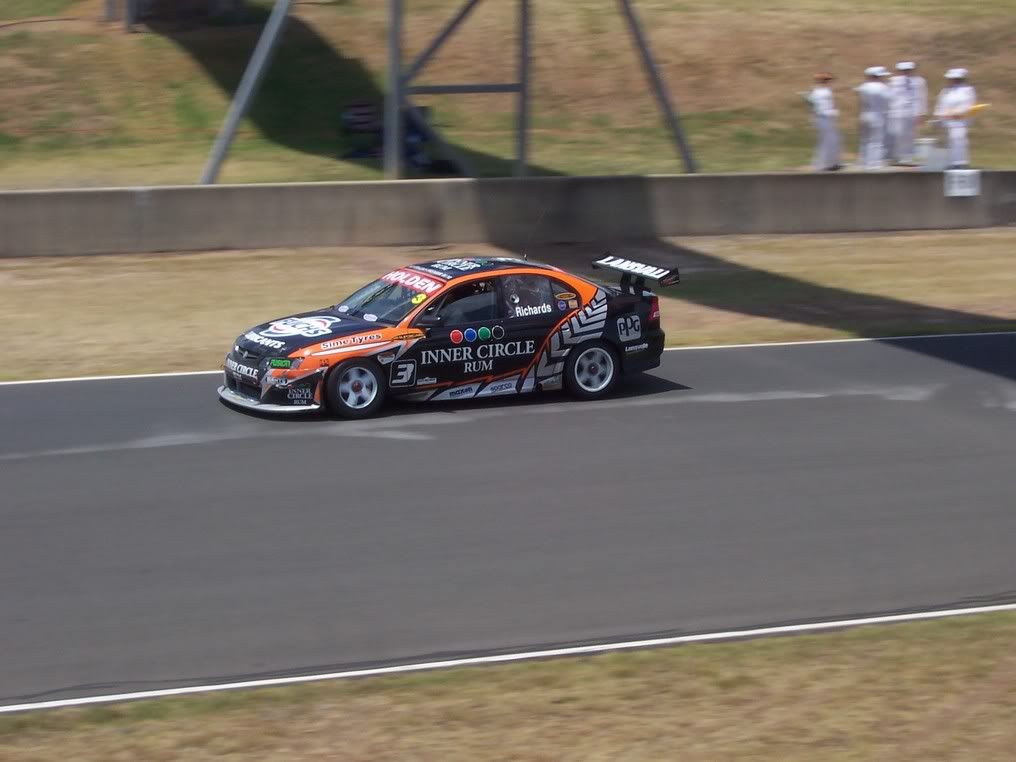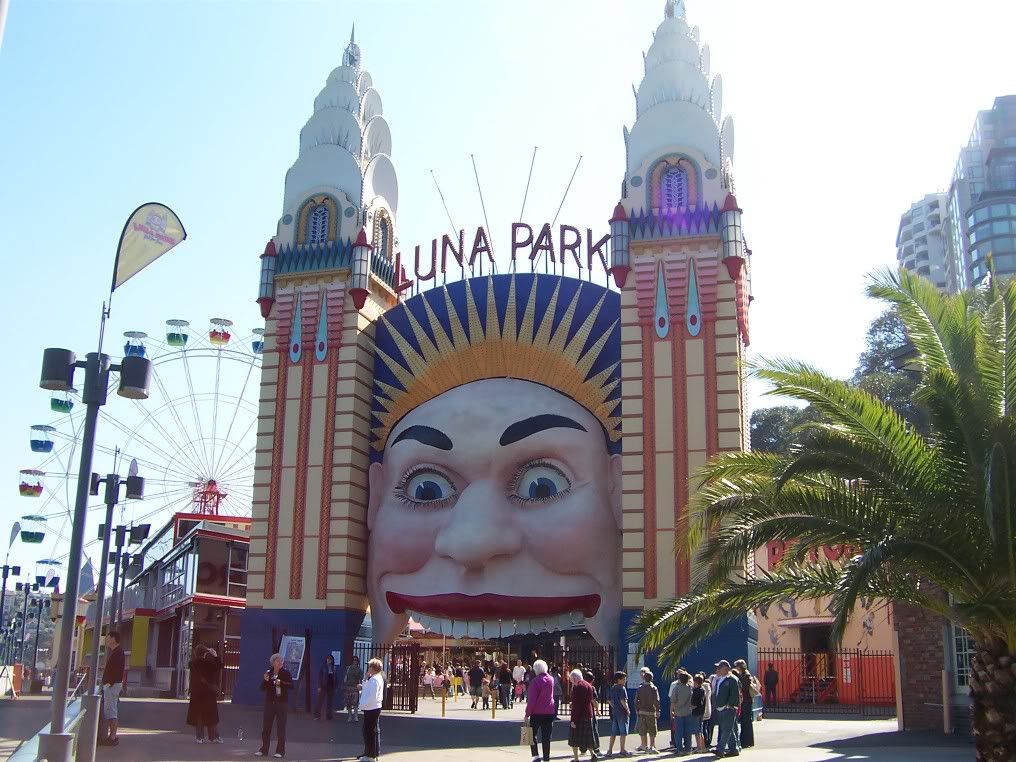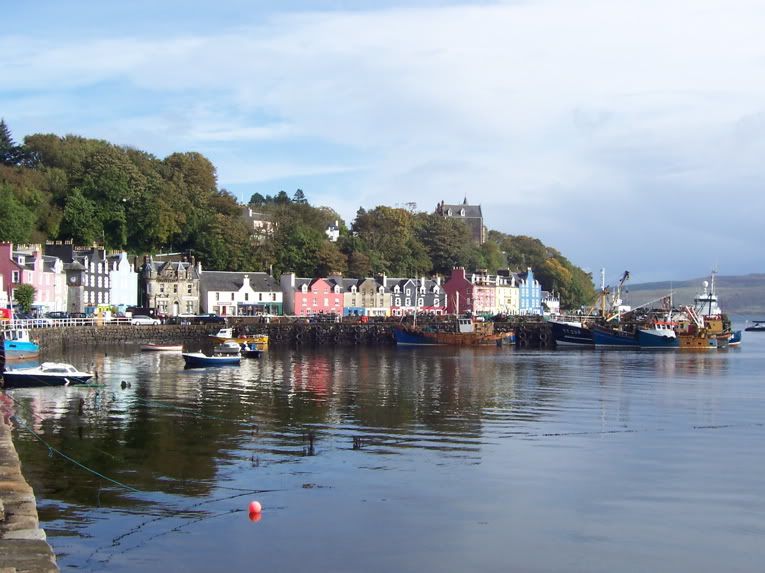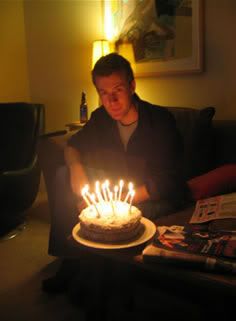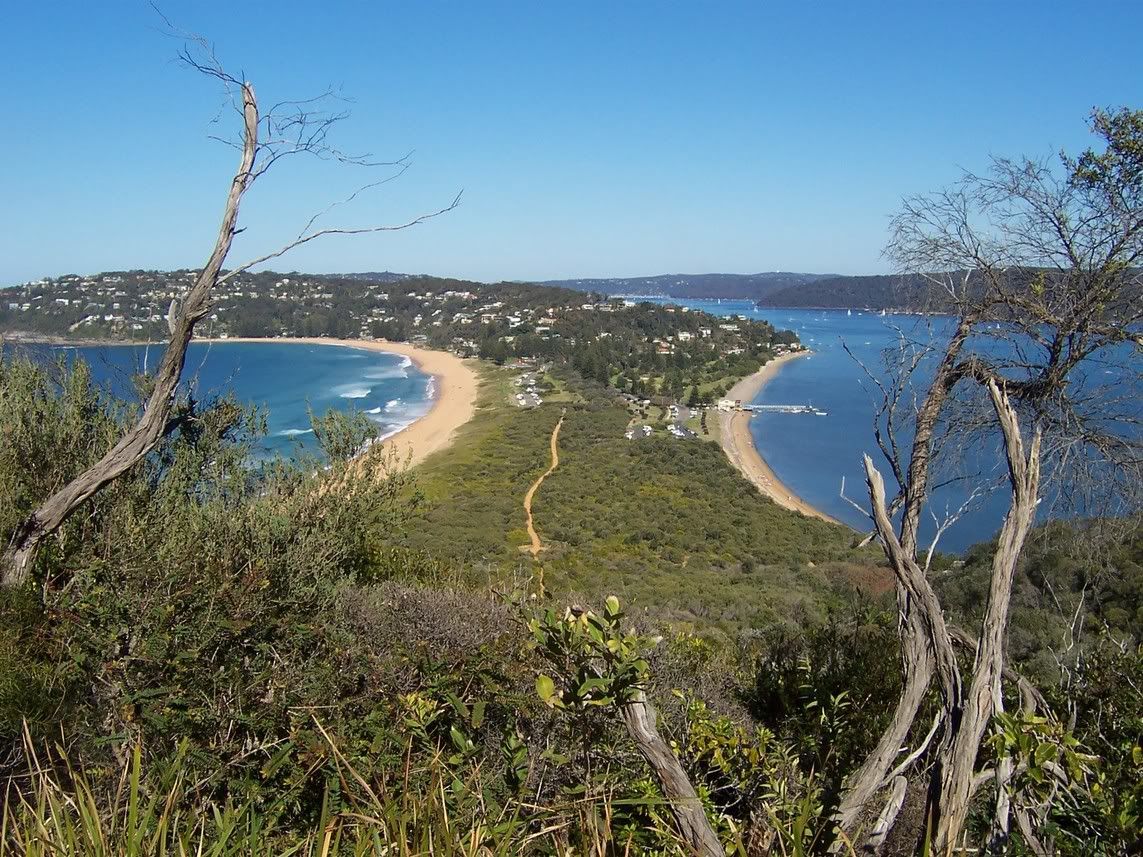You'll be seeing more photos like this from now on...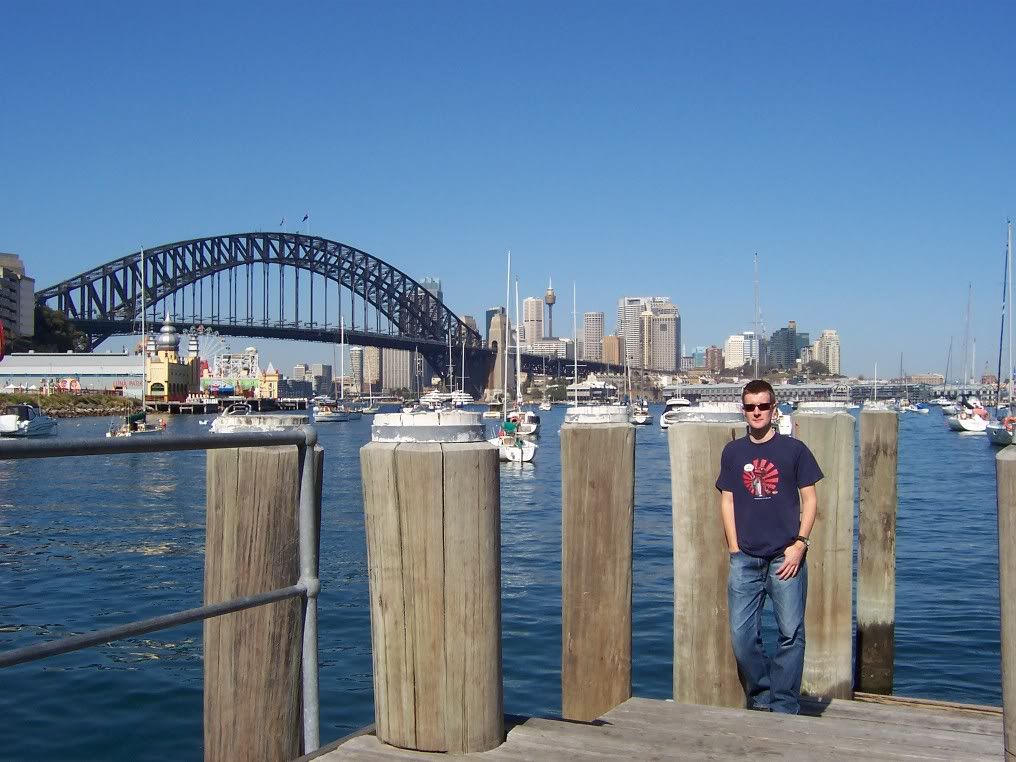
Count the days between today and the 7th of November. That's how long I've got until I'll set foot in an office again. Yes, today was my last day at work. The 'working traveller' part of my visa is over - I'm just a plain old 'traveller' again, or backpacker, if you will. Call me what you like (and I've heard most of them), I'm a free man again for a while (until my scheduled return to the NHS in Edinburgh).
Not that I minded working - far from it. I was fortunate enough to land myself with a great temp agency, and managed to get myself put into two jobs which I enjoyed. Well, maybe enjoyed is too strong a word, but if they were menial they were at least varied, so I was never doing one thing too long. And no data entry, either. I'm certainly not contemplating switching careers to the enigmatic worlds of Superannuation or Human Resources, but they did they job for me (and me them).
On my last day today, the two women I work with took me out to lunch, and then presented me with a bottle of wine (from the Hunter Valley, naturally) and a cartoon of drunken kangaroos (not half as bad at it sounds). I handed over my pass and the key to my office, and that was that - back to civvy street.
So tomorrow I'm off to an accountant - first time for everything - clutching mounds of paperwork and a hopeful expression. I've been told by my agency that this Lithuanian bloke they know is good for getting tax back for us working travellers (again, he's not as bad as he sounds, apparently). They take out a $110 fee and I get the rest back within 10 working days. If that happens, blimey, I'll be well chuffed.
After that, my parents arrive this weekend, so I'll be doing my tourguide impression for a week or so. Then hopefully I'll be jetting off to WA for at least a week, and then it's briefly back to Sydney before I go to Japan. Almost wrote an entire post without mentioning that... ;)
